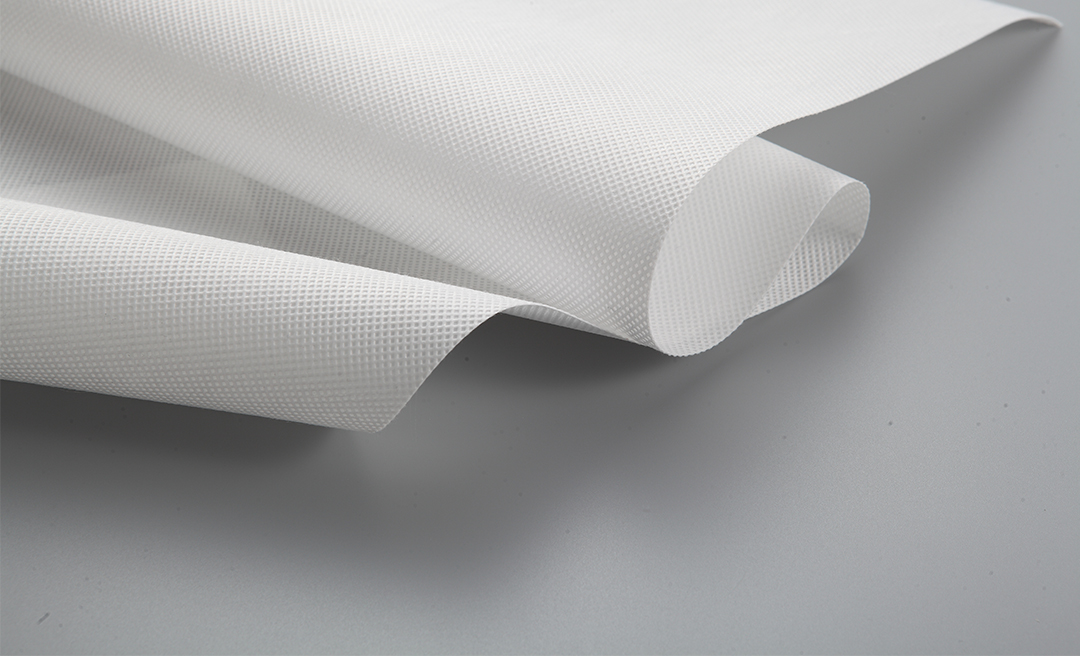PLA (polylactic acid) spunbond fabric is a nonwoven material that is becoming increasingly popular due to its sustainable and biodegradable properties. It is made from renewable resources such as plant starch and can be easily composted at the end of its life cycle. However, like any other material, PLA spunbond fabric has its own advantages and disadvantages.

Advantages of PLA spunbond fabric:
1. Environmental protection: One of the biggest advantages of PLA spunbond fabric is its environmental protection. Because it is made from renewable resources, it helps reduce dependence on fossil fuels and contributes to a cleaner environment. Plus, it biodegrades naturally, eliminating the need for landfills.
2. Biodegradability: PLA spunbond fabric is fully compostable, making it an ideal choice for environmentally conscious consumers. At the end of its life, it can be easily disposed of in a composting facility, reducing waste and pollution.
3. Versatility: PLA spunbond fabric can be used in a variety of applications, including packaging, agricultural and medical industries. Its versatility makes it a popular choice for many different products and industries.
Disadvantages of PLA spunbond fabric:
1. Limited heat resistance: Although PLA spunbond fabric has many advantages, its heat resistance is limited compared to other synthetic materials. This can be a disadvantage in certain applications involving high temperatures, such as in the manufacture of certain medical products.
2. Cost: Due to production costs and limited raw material supply, PLA spunbond fabrics may be more expensive than traditional non-biodegradable materials. For some consumers and industries, this may be a deterrent.
3. Limited durability: PLA spunbond fabrics may have limited durability compared to some synthetic materials, making them less suitable for long-term applications.
In conclusion, PLA spunbond fabric has many advantages as a sustainable and biodegradable material. However, it also has some limitations that need to be considered when choosing the right material for a specific application. Overall, despite its shortcomings, its environmentally friendly properties make it a promising alternative to traditional nonwoven materials.
Post time: Feb-22-2024
